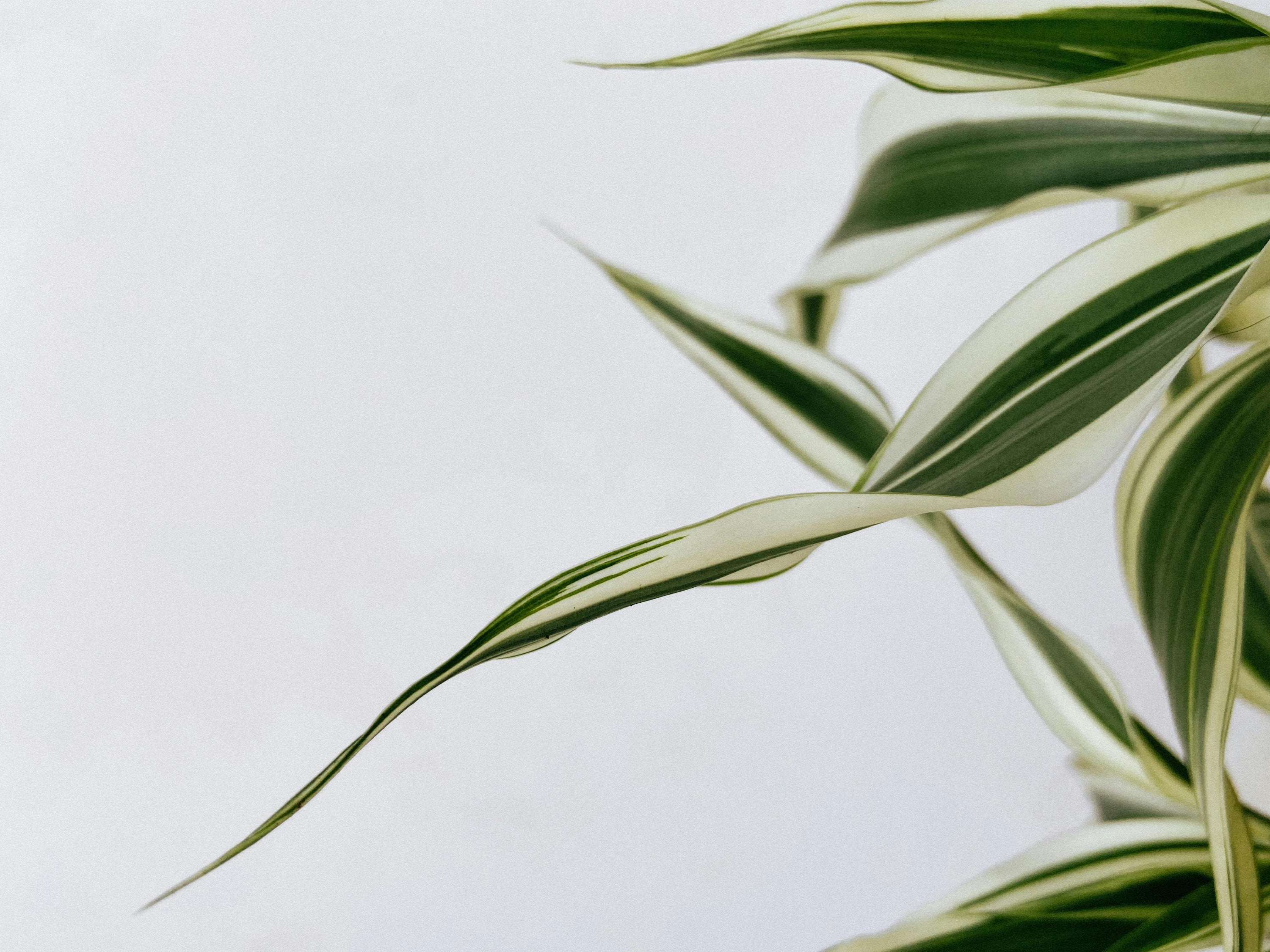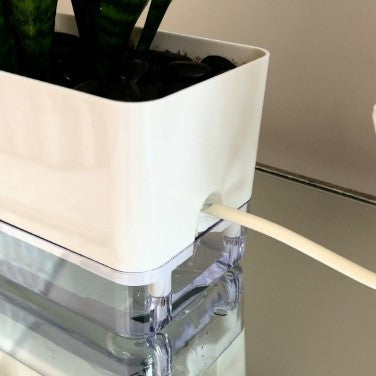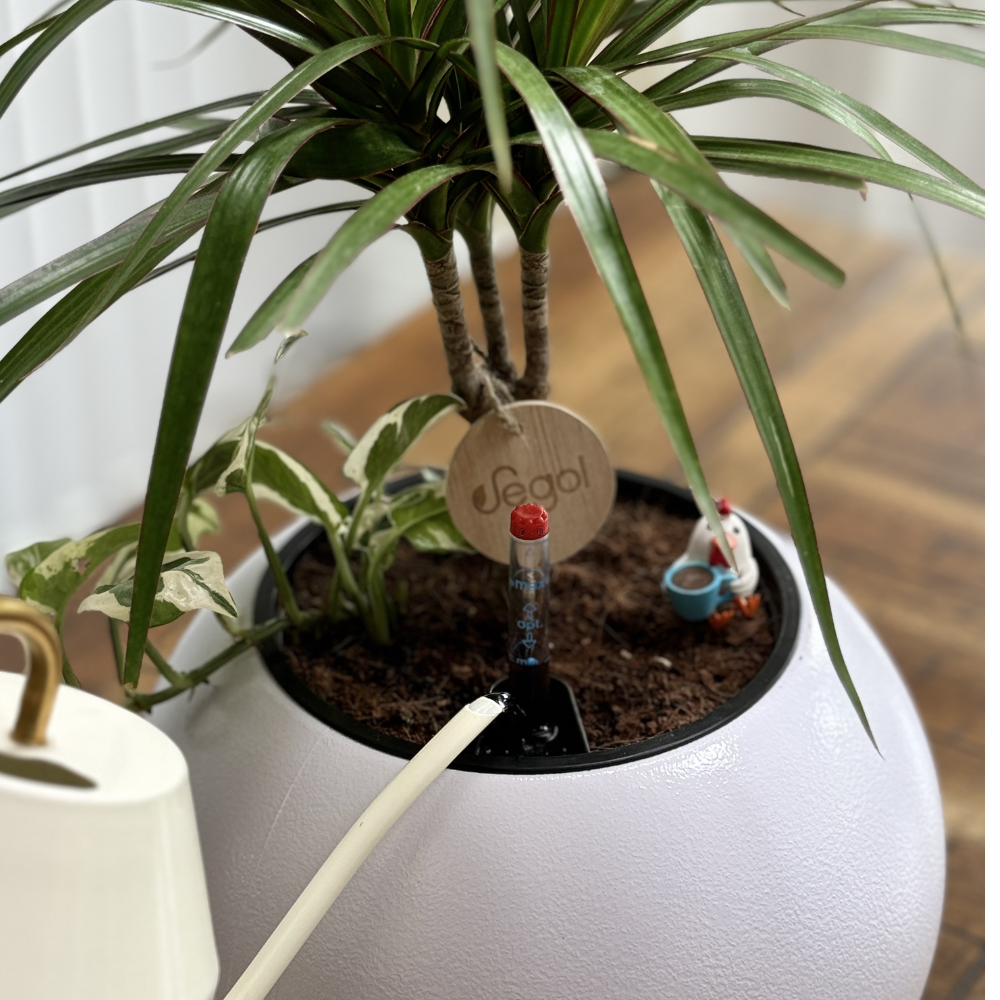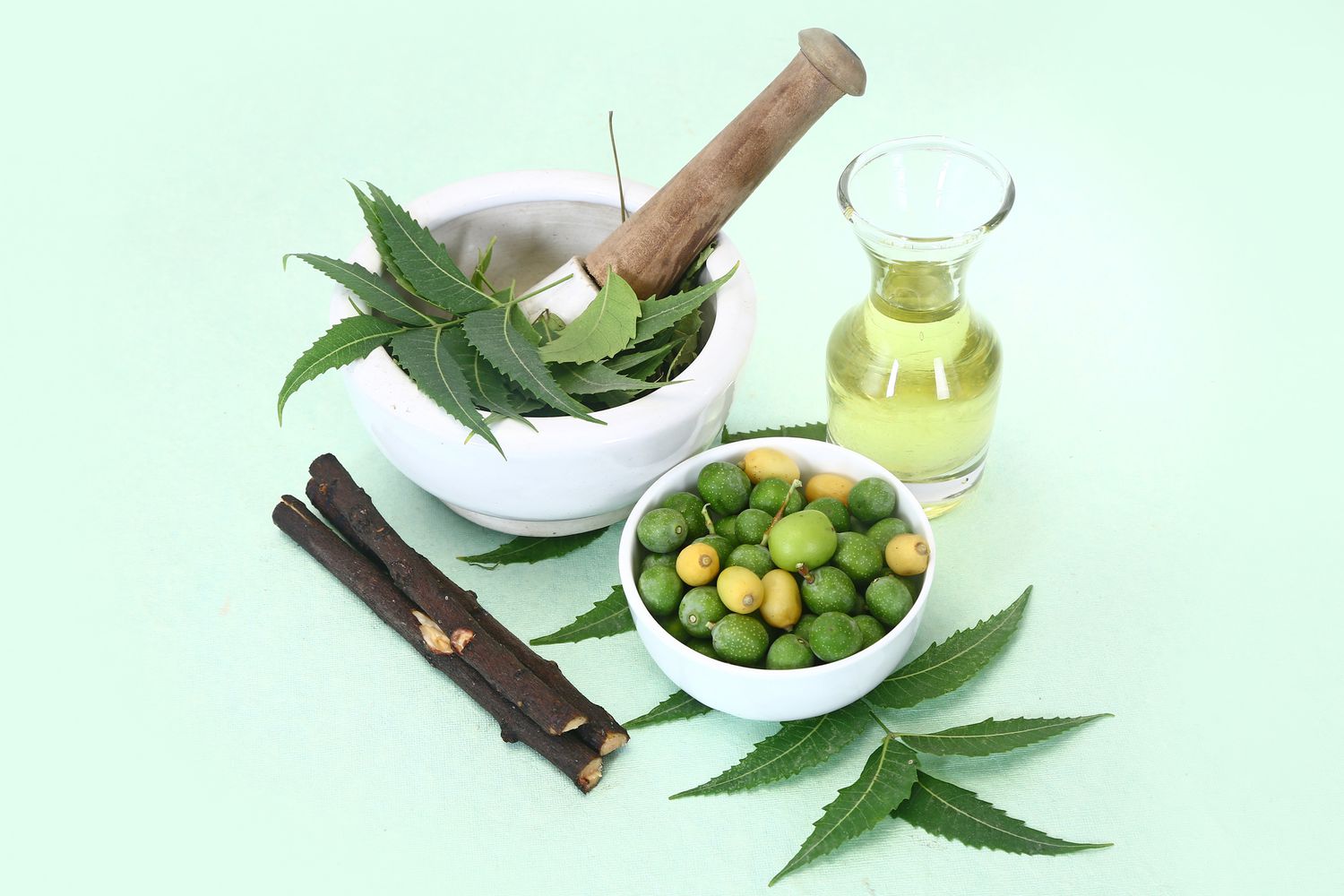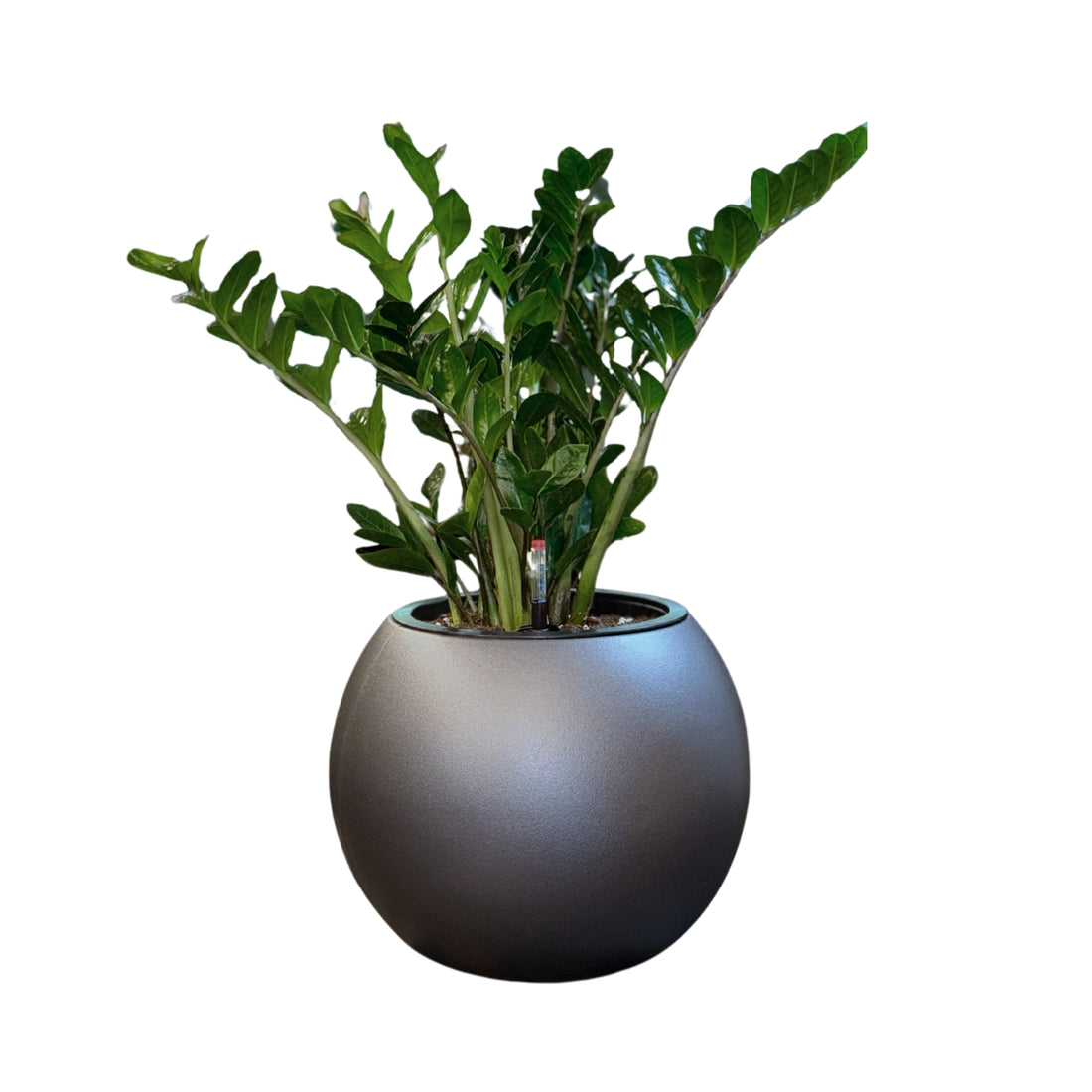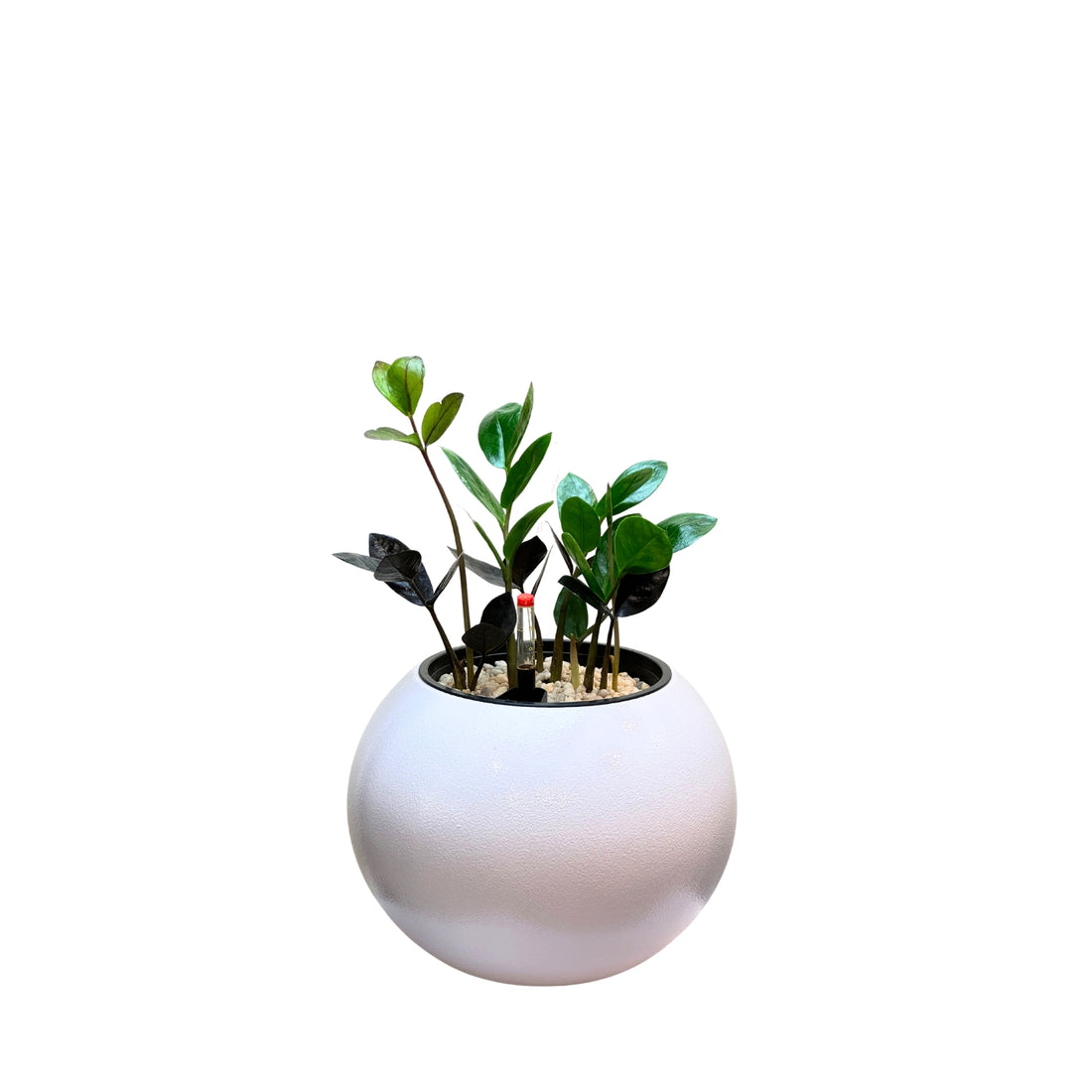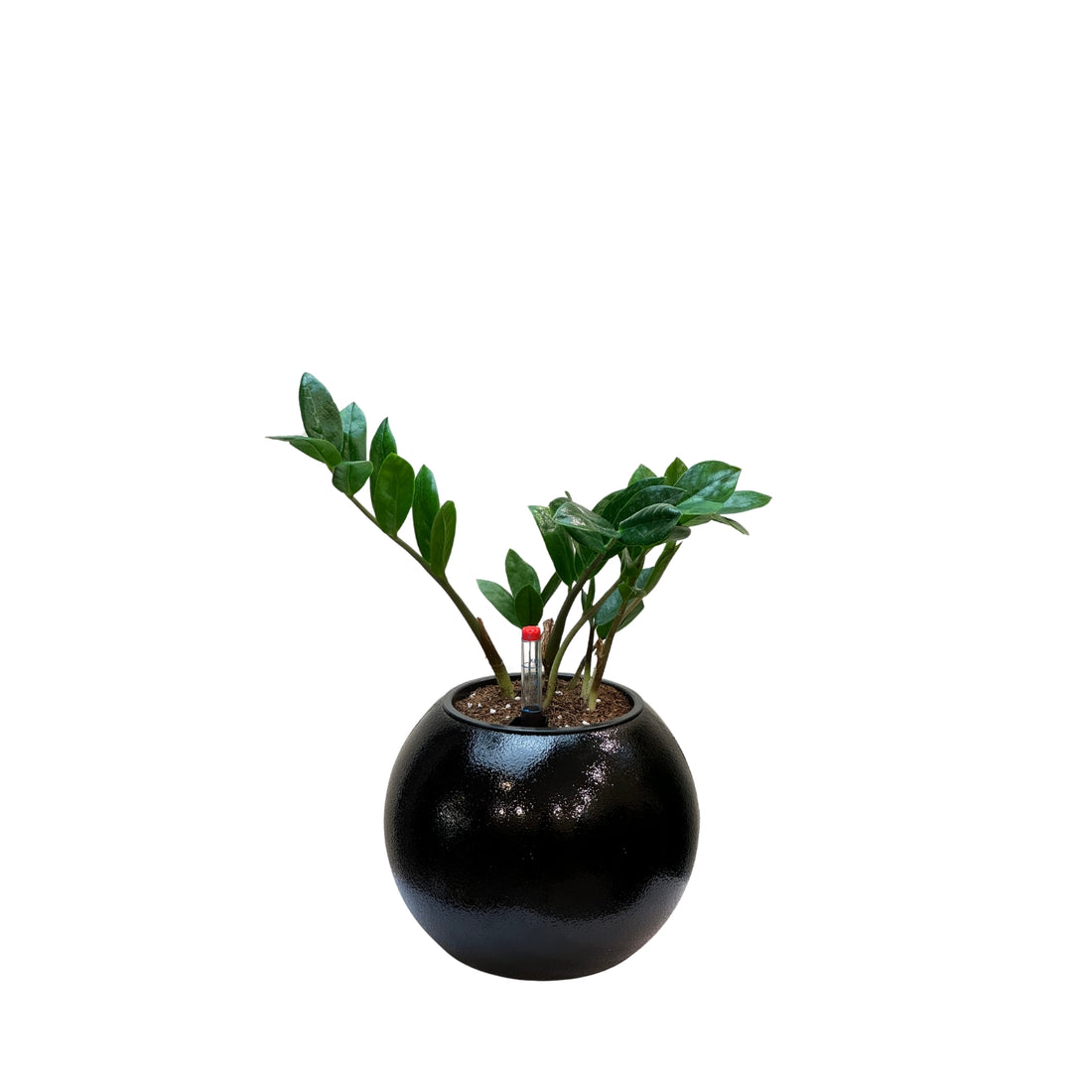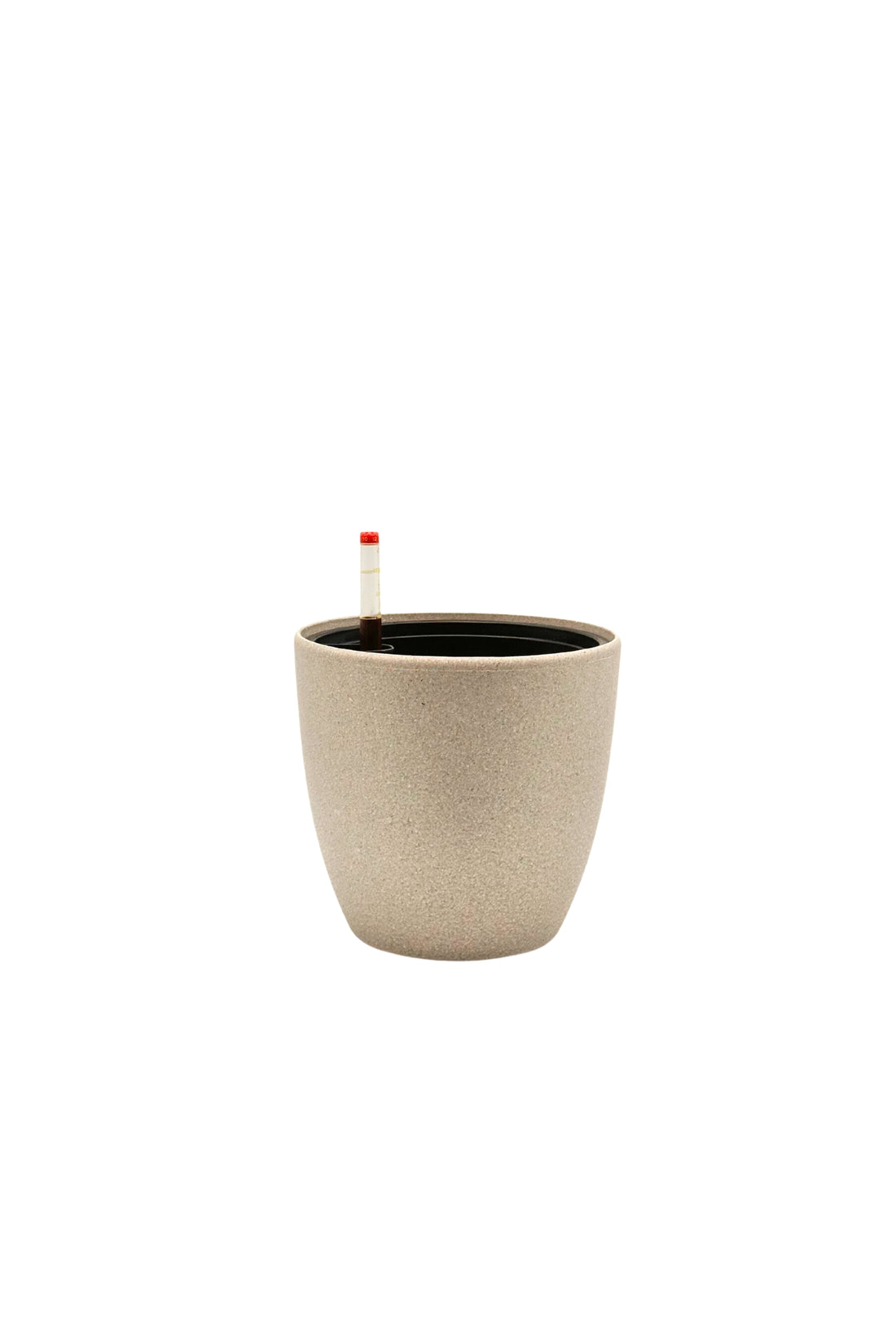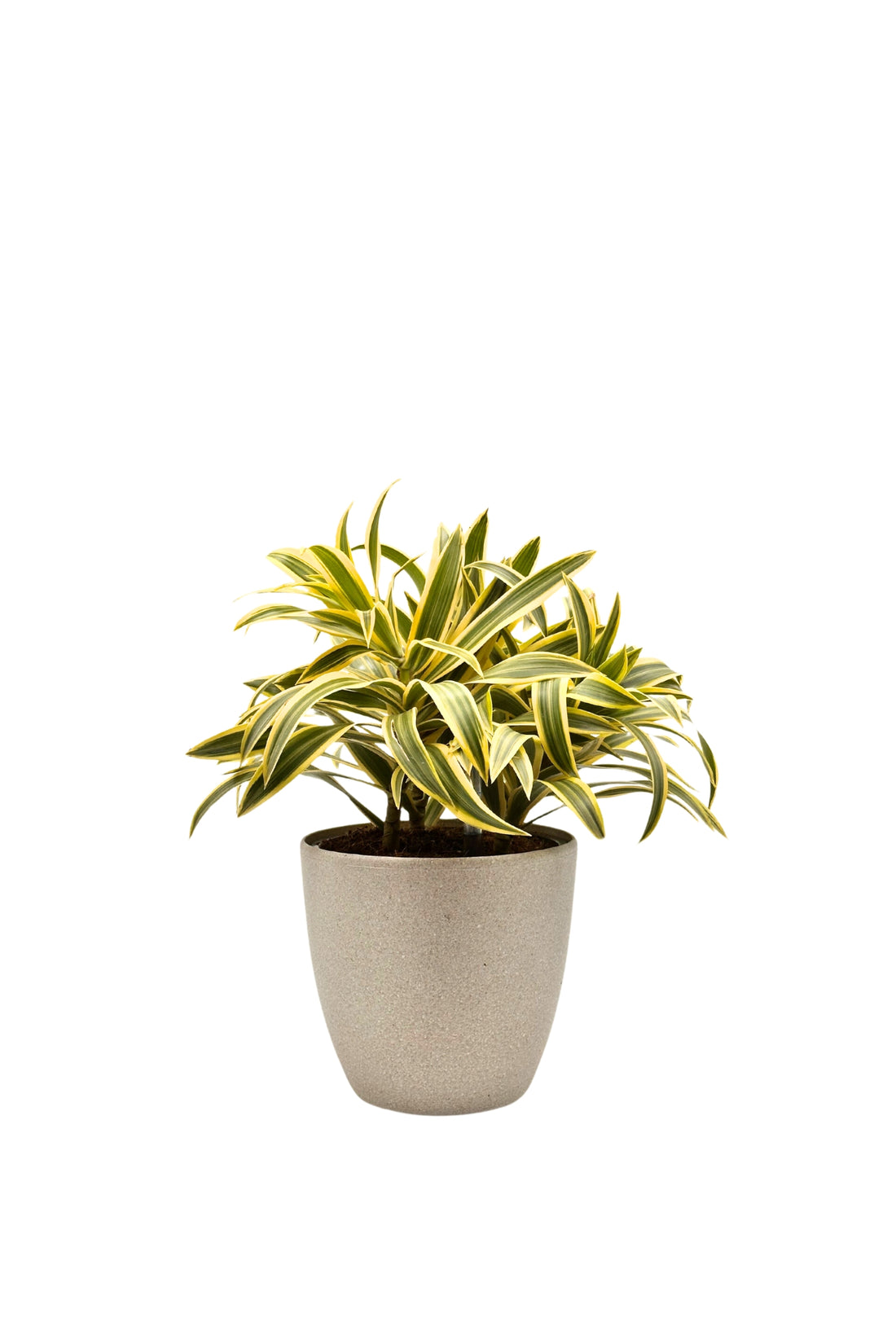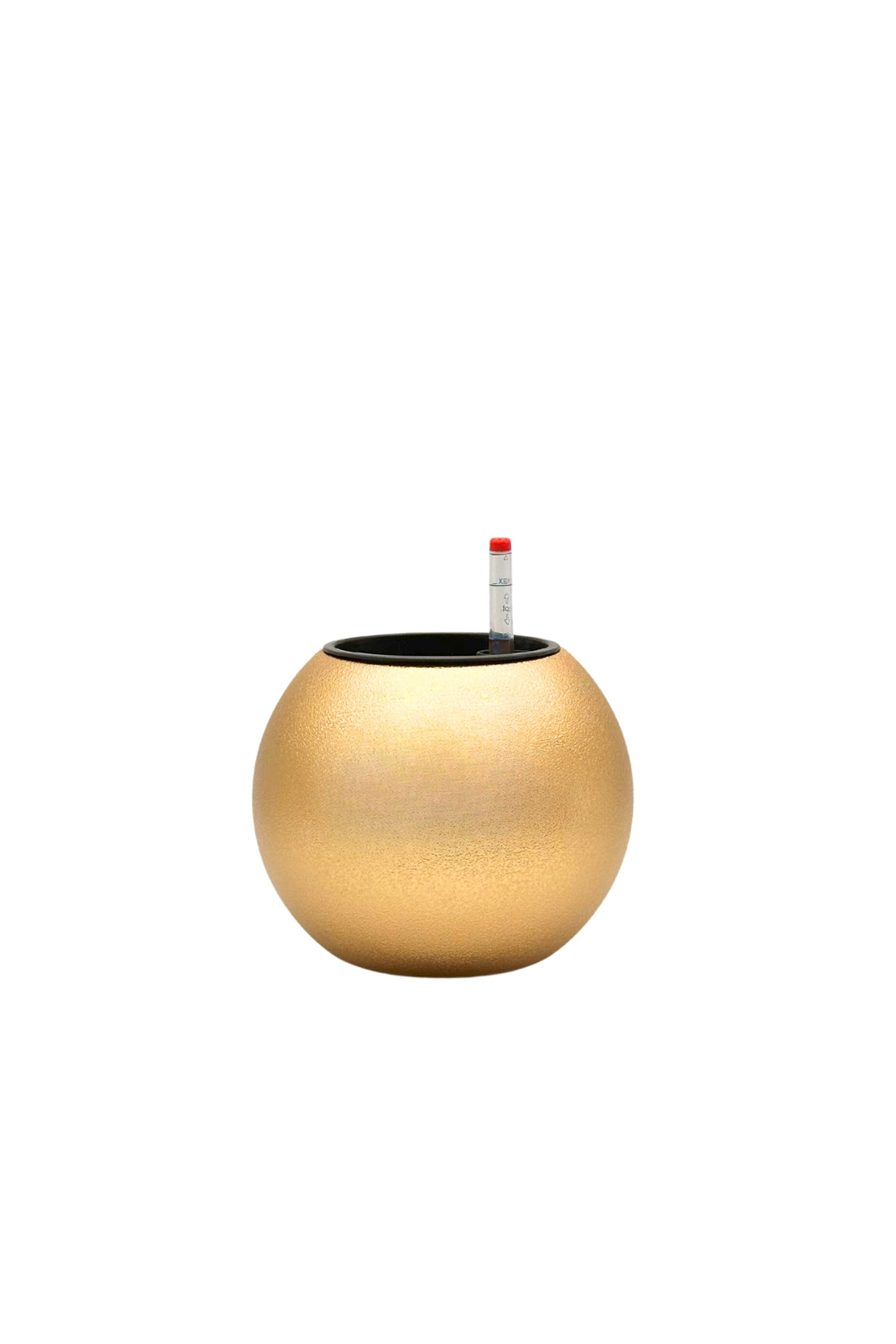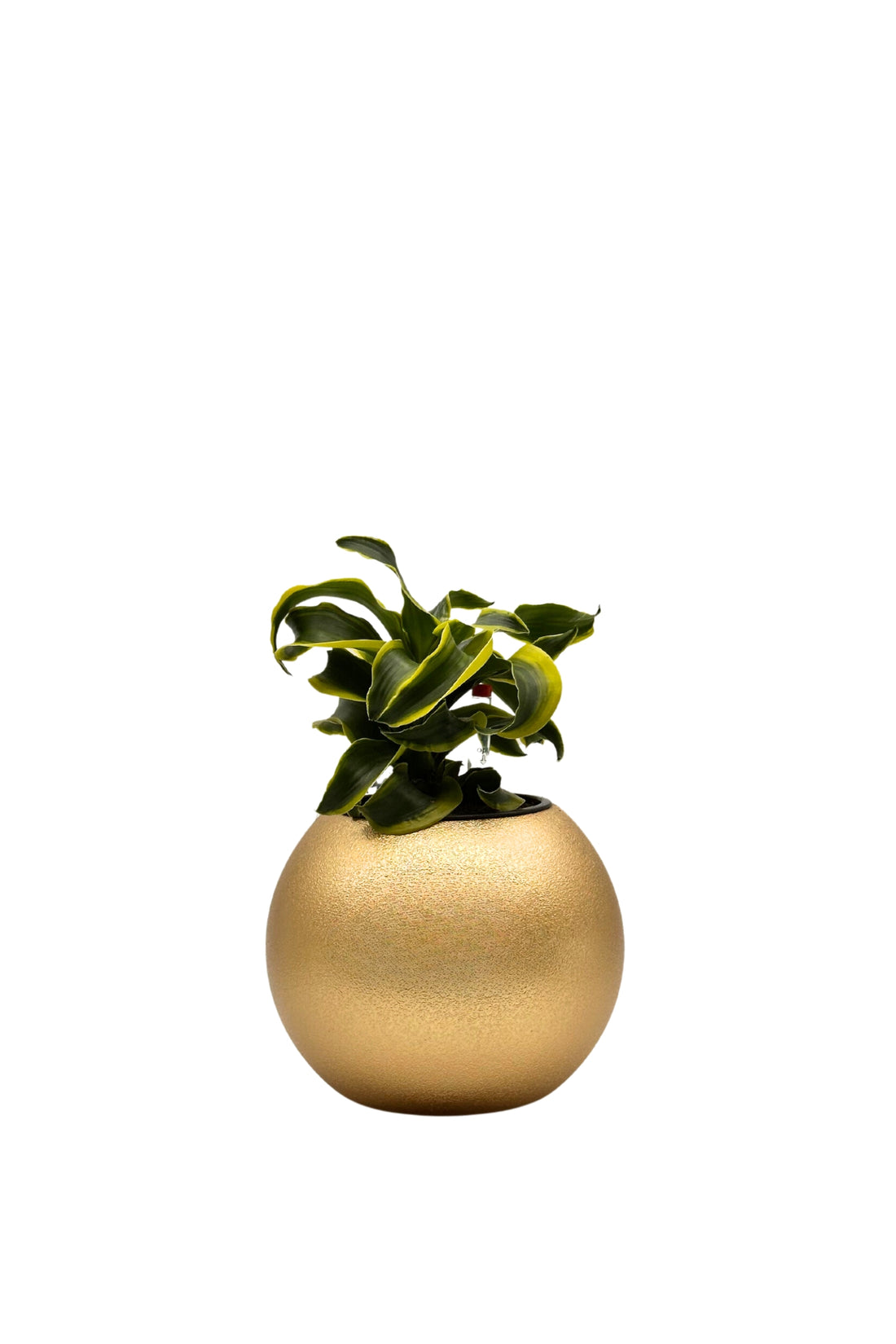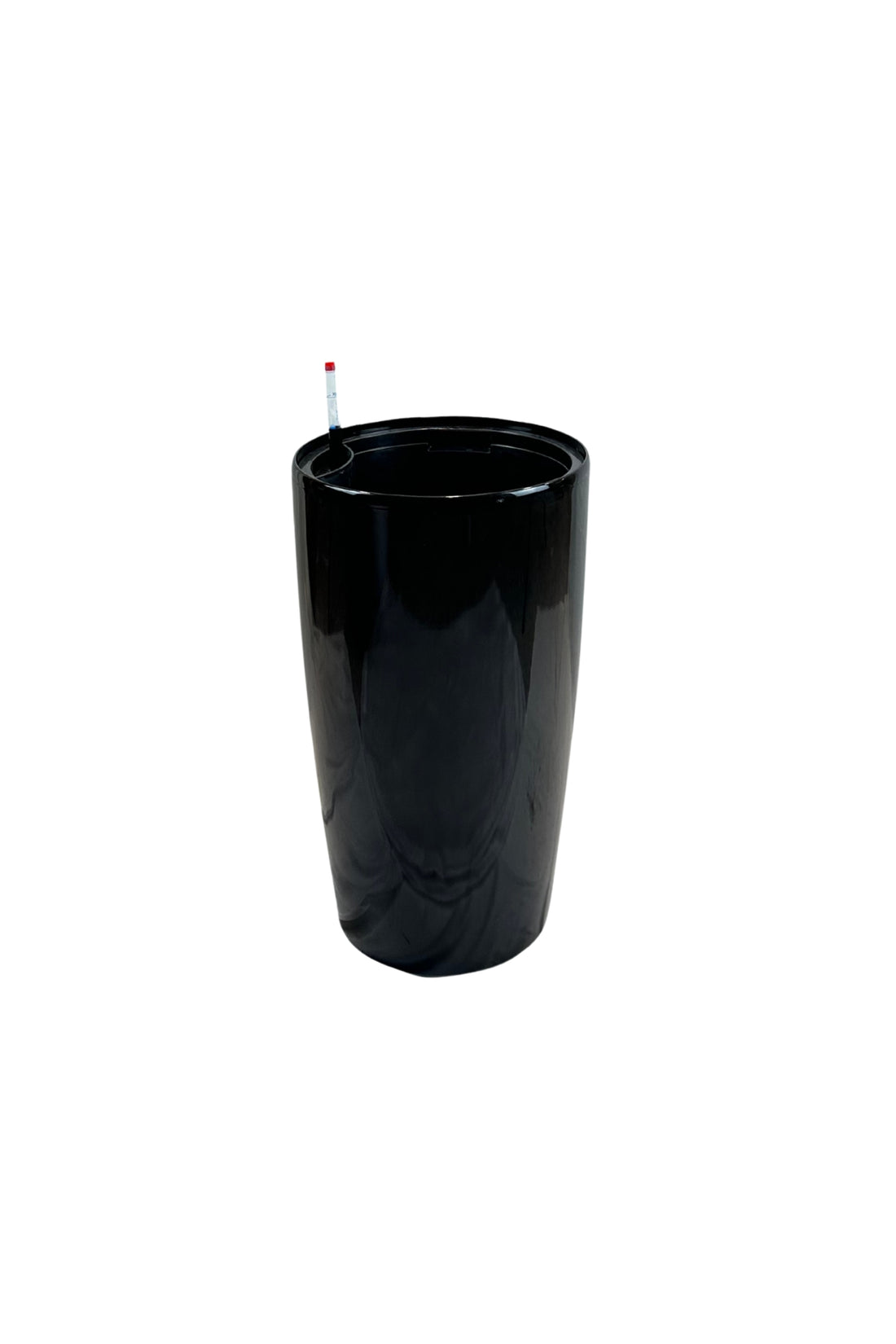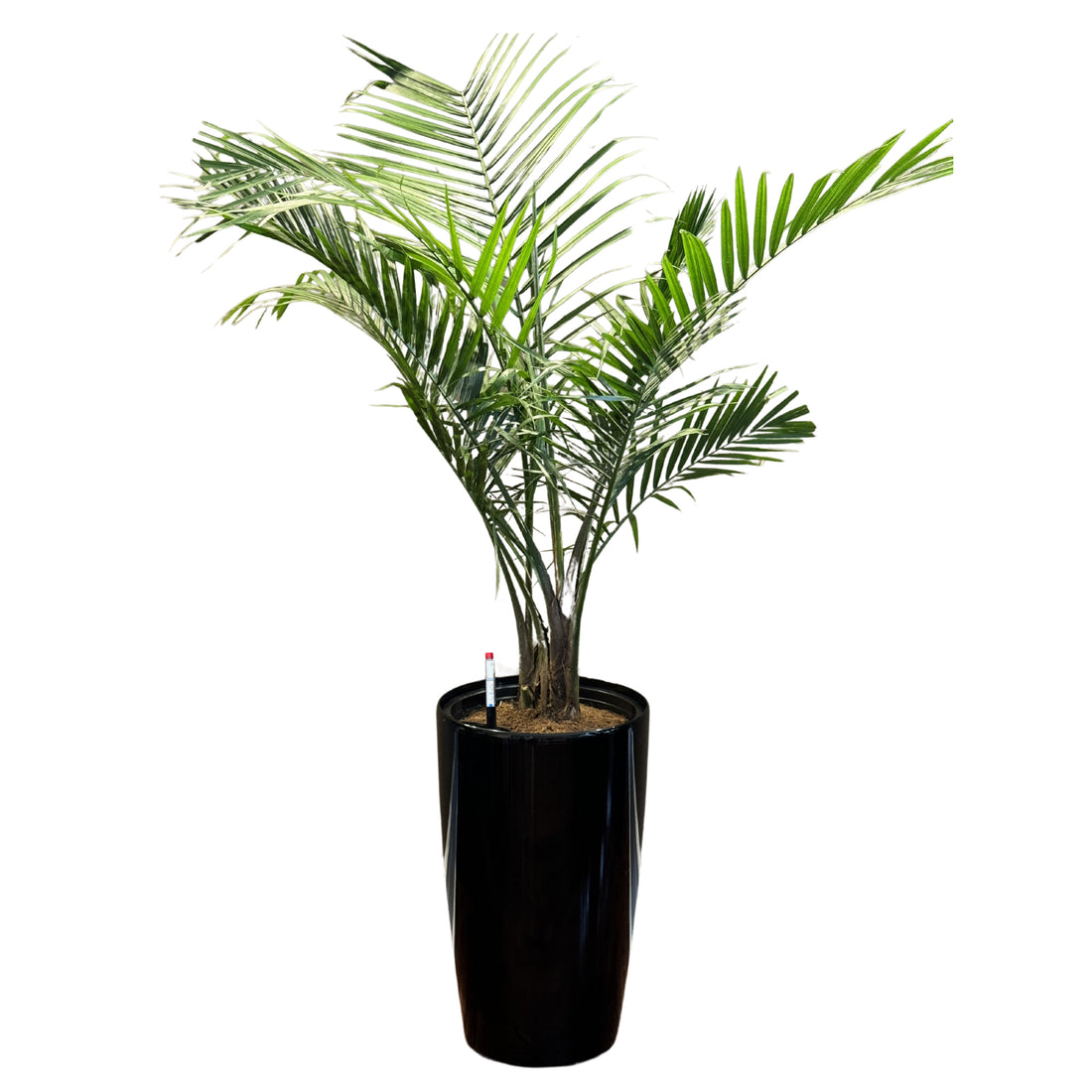SHOP NOW
What’s wrong with my Dracaena?
Dracaena plants, like many other houseplants, can be susceptible to a variety of diseases and pests. Here are some common issues that affect Dracaena plants:
1.Leaf Spot Diseases
Leaf spots can appear for several reasons, such as poor air circulation, overwatering, inconsistent watering, or high humidity. Likewise, there are several potential culprits, including fungal disease, bacteria, insects, and poor growing conditions.
Leaf spots caused by pathogens occur most often on young dracaena leaves. As they become larger, the spots turn reddish-brown or tan with yellow halos. Spots can also be as small as pinpoints.
To help prevent fungal diseases, water dracaenas at the base and avoid getting water on their foliage. Leaf spot can be treated with a fungicide, but it can be contagious, so isolate your plant until it's healthy again.
Don't put any plant parts that show signs of disease or pests in your compost pile, where problems can spread.
Removal of spotted leaves is important. Also, remove any fallen leaf litter within the plant's interior and on the soil surface since this decaying material can harbor diseases and pests. Take a good look at the soil. If the soil is too wet, let it dry out completely before watering again. If the soil is too dry, give it a good drink. Keeping plants sufficiently watered helps to keep them healthy. Instead of watering on a set schedule, water only when the soil begins to dry out. Drain any saucer or tray you're using under your plant so it won't stand in excess water.
If you notice brown spots on the tips and edges of leaves, this could be a sign of excess salts, chlorine, or fluoride in the water. Avoid using tap water if possible; instead, use rainwater or distilled water. If you prefer tap water, allow it to sit for at least 24 hours so that the chlorine and fluoride can evaporate. Also, if you notice an accumulation of white deposits on the outside of the pot (especially near the drainage holes), this is a sign of excess salts. Use rainwater or distilled water to flush out excess salts.


2.Root Rot
Symptoms: Yellowing leaves, mushy roots, and a foul odor from the soil.
Causes: Overwatering and poor drainage.
Treatment: Remove the plant from its pot, cut away the affected roots, repot in fresh, well-draining soil, and reduce watering frequency.


3.Soft Rot
Symptoms: Soft, mushy stems and wilting leaves.
Causes: Bacterial infection often due to overwatering.
If your problems with dracaena involve soft rot, the plant will look and smell like it is rotting. Lower leaves collapse. This is not a problem that can be cured, so dispose of the plant.


4.Pests
Dracaenas are relatively pest-free. Fungus gnats can be a problem if they're planted in soil that contains compost or bark, so use a potting or planting soil without these elements to help prevent them.
Pests sometimes suck sap from dracaena leaves, weakening the plants and even killing them. Check underneath your plant's leaves, along its trunk, and at its base for these kinds of insects.
Spider Mites: Tiny, spider-like pests that cause stippling and webbing on leaves. They are too small to see without a magnifying glass, but I suspect they are present if you notice a lot of small brown or yellow spots on your dracaena's leaves, especially during warm weather. You may see their eggs underneath the foliage. Try spraying spider mites off with water. If that doesn't control them, apply a miticide, follow the label directions, or treat it with insecticidal soap or neem oil.

Mealybugs: Mealybugs look like white, fuzzy, or cottony masses. Try blasting them off with a strong spray of water from the sprayer at your kitchen sink or, if your plants are outside, from the garden hose. You can also use a cotton ball or cotton swab dipped in rubbing alcohol to wipe them off. Rinse your plant with clean water when you are finished. Also, you can remove it manually or treat it with insecticidal soap.

Scale Insects: they are small tan, dark brown, or white pests with waxy coverings. Natural predators like ladybugs and parasitic wasps can help control them on outdoor plants. For indoor plants, use an old toothbrush dipped in soapy water to scrape them off. If the scale persists, apply a horticultural oil or insecticidal spray, following the product's directions.

Aphids: they can be green or black in color, with round, translucent bodies. They cause leaves to turn yellow and often leave a sticky secretion on your plants. Wash them off with a cloth dipped in soapy water or apply an insecticidal soap.

Prevention Tips:
- Proper Watering: Avoid overwatering and ensure the pot has good drainage.
- Air Circulation: Ensure good air circulation around the plant to prevent fungal and bacterial growth.
- Cleanliness: Regularly clean leaves and remove any dead or decaying plant material.
- Quarantine New Plants: Isolate new plants before introducing them to your collection to prevent the spread of diseases and pests.
Regularly inspecting your Dracaena plants and maintaining proper care practices can help prevent these common issues.
To maintain a Dracaena, Click here for more information.
